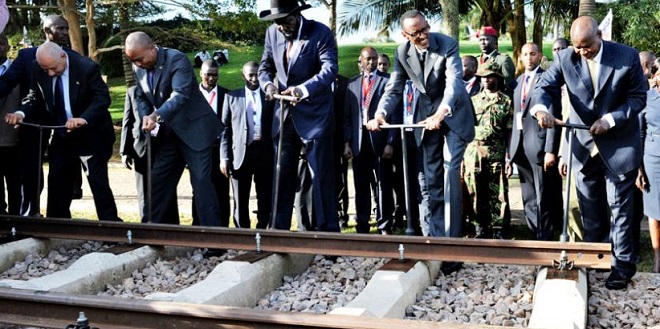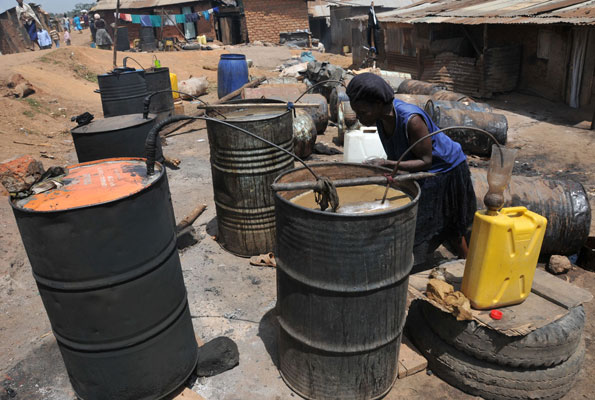Ugandan traders expecting to use the Standard Gauge Railway to transport their merchandise from Mombasa to Kampala should forget it for now as the funder doesn’t want to commit money before he is sure that the Kenyan line will reach Malaba border. Uganda had hoped to get money from the Exim Bank of China.
But Finance Minister, Matia Kasaija says “the funder doesn’t want to look at us”.
This adds more uncertainty to when or whether the line will ever be constructed. This comes at the time when Kenya has failed to secure funding from China that would have seen the SGR extended from Nairobi to Malaba for Uganda to get money for the leg to Kampala.
The minister also indicates that Kenya has never fully indicated to Uganda that it would be able to reach Malaba.
Uganda needs at least US$3.2bn for the SGR leg to Kampala. Some land owners from Malaba to Iganga have been paid to give way for the line, according to Kasaija.
Some money will also be provided for more compensation in the coming financial year although there are no assurances that China will be providing the funds for actual construction to go on.
Last week, Kenya’s President Uhuru Kenyatta was in China and had hoped to secure US$3.68 billion from Beijing – in loans and grant – to take the SGR line from Naivasha in Central Rift Valley to the lakeside town of Kisumu, and on to the Malaba border crossing from where Uganda would take over construction to Kampala and beyond.
This failure meant Uganda couldn’t go ahead to ask China to extend money to it because the line doesn’t make business sense without Kenya reaching Malaba. Kasaija says in the coming budget, he had allocated money for the old meter gauge railway rehabilitation, which will see the country turn to the old lunatic railway as they wait to sort SGR issues.
But he also indicated that government was trying to think of other alternatives in the event that Kenya fails to arrive at Malaba. He said there is a thought that maybe they use the Busia border go on land to Majanje lake inside Kenya and go by water either to Mwanza or Kisumu ports.
At least 95% of the cargo coming into Uganda travels by road. This is expensive in terms of the slowness, high insurance premiums because of the high costs involved and the bribes paid to traffic police on the way both inside Kenya and Uganda.
Ugandan traders are losing up to US$1.2bn (Shs 4.3tn) annually on transporting their goods from the coast to Kampala, according to industry players. On average, it costs an importer US$5000 (Shs 18m) to transport a container to Kampala. The railway line would cut that cost by more than a half.
URN





